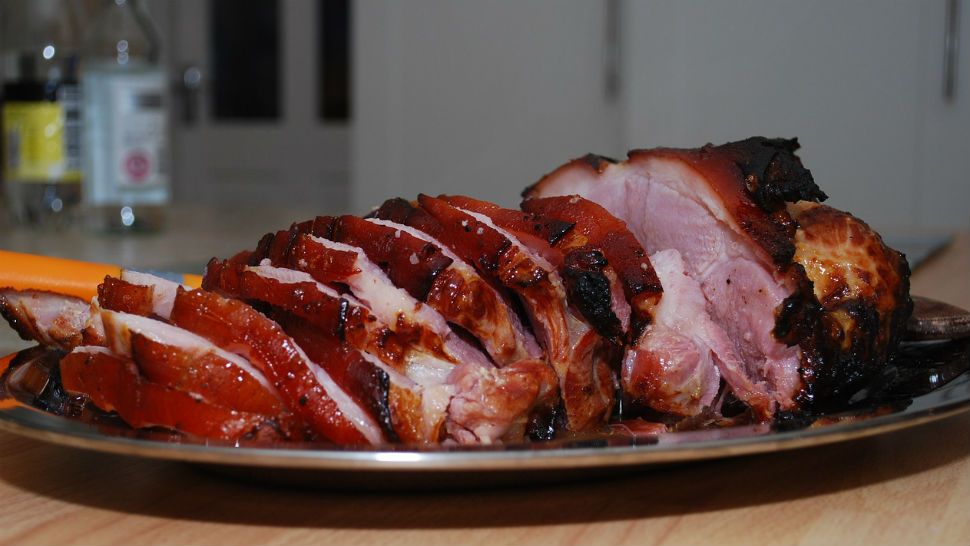NATIONWIDE — There are several traditions and superstitions people have to ensure a lucky start to the next year, and eating is one of them. Here’s a list of foods traditionally eaten on New Year's Day:
Black-eyed peas - This southern side dish represents an abundance of coins. A popular new year’s dish known as “Hoppin’ John” is made with black-eye peas, rice, bell peppers and ham is supposed to bring good luck to eaters..
Pork - The rich, fatty flavor of pork is said to represent prosperity. Also, pigs root forward in the mud, a sign of the future. They can also represent the bounty of the land.
Champagne - Drinking champagne on New Year’s Eve is a European tradition dating back to the 1800s. Champagne was something rich people drank, so if someone wanted to project wealth and luxury, drinking champagne was a great way to do it.
Grapes - The Spanish tradition is to eat 12 grapes for each chime of the clock at midnight in order to bring prosperity throughout the year. However, if any of those grapes are sour, it may mean those months might be unlucky.
Noodles - Many Asian cultures serve long noodles during New Year's celebrations as a hope for long life. In Japan, it's customary to eat soba noodles. Eating the buckwheat noodles dates back to the 1600s.
Leafy Greens - These vegetables are said to represent paper money. Collards, turnip greens and kale are popular in America, while the Germans like their sauerkraut. The Danish eat their kale with cinnamon and sugar.
Lentils - Round, green lentils represent luck and prosperity. Italians, have a dish called "cotechino con lenticchie," sausage and green lentils, eaten just after midnight. Germans and Brazilians also eat lentil dishes.
Cakes and other round desserts - Round foods symbolize coins and the wish for wealth. In Greece, a special sweet bread called vasilopita is cut at midnight. Each family member gets a piece, and the person who gets a coin inside their piece will be guaranteed good luck. Donuts-type cakes are popular in Eastern Europe, the Netherlands and Holland. And in Denmark they eat kransekage, a marzipan layer cake that looks like a cornucopia.



